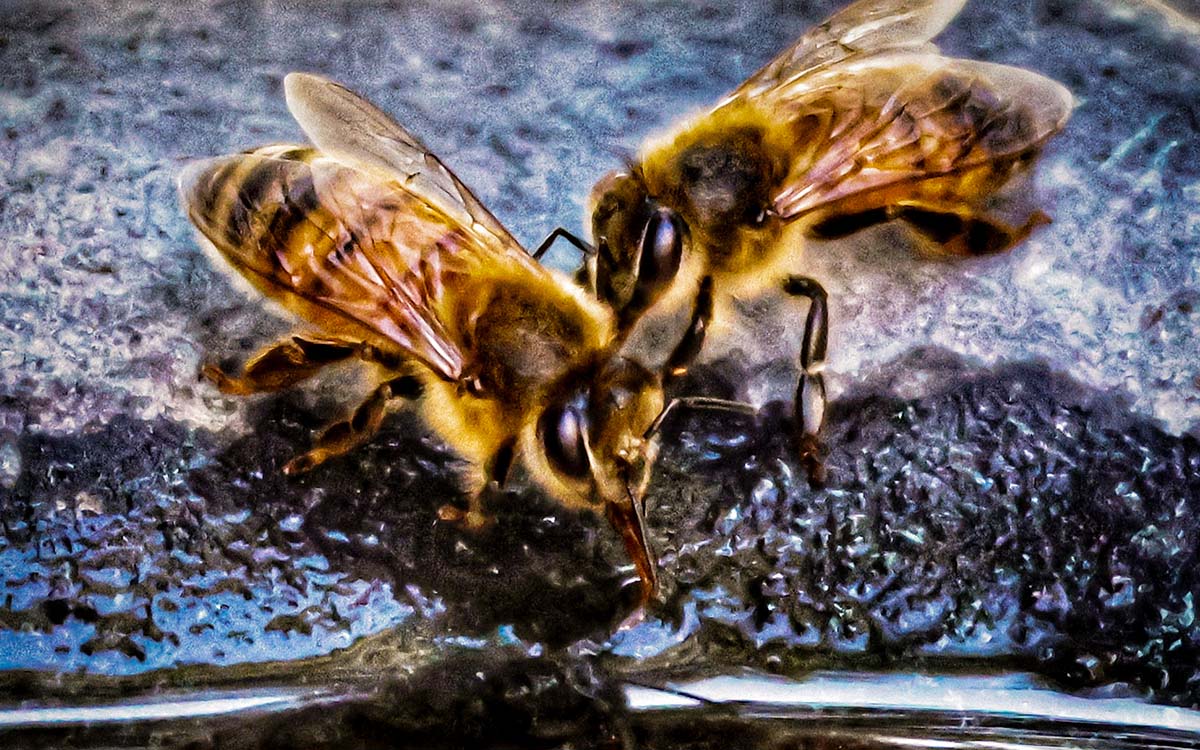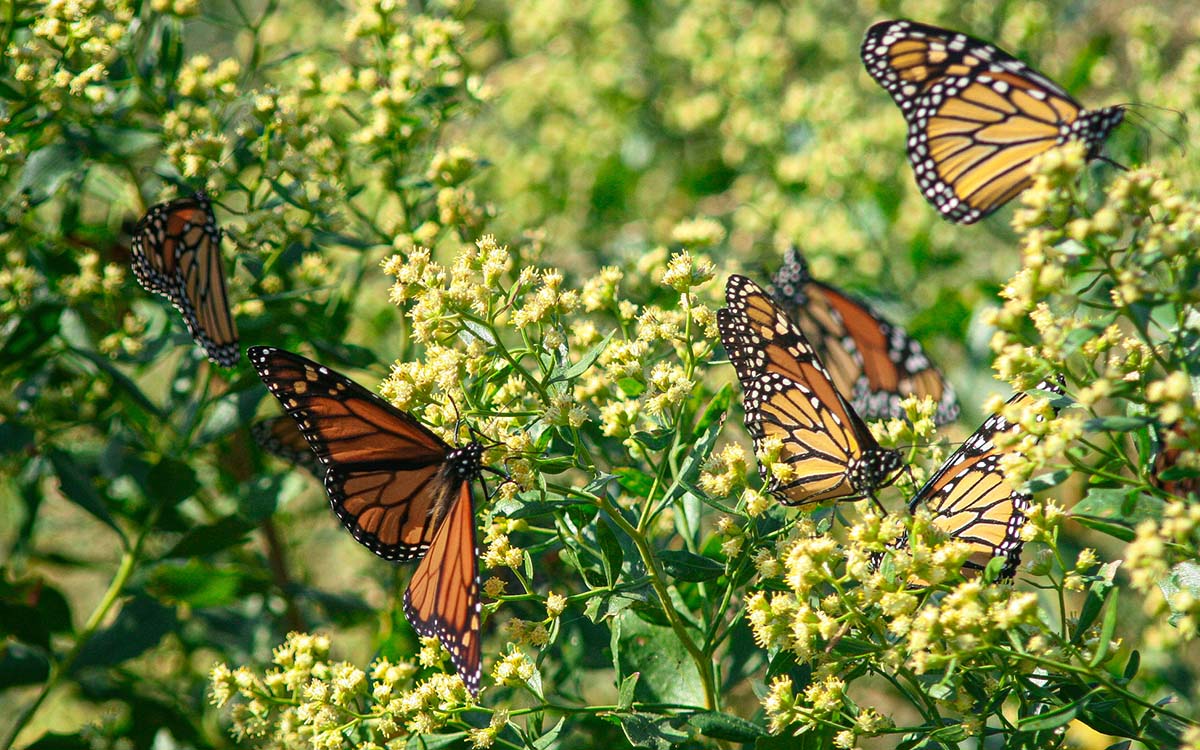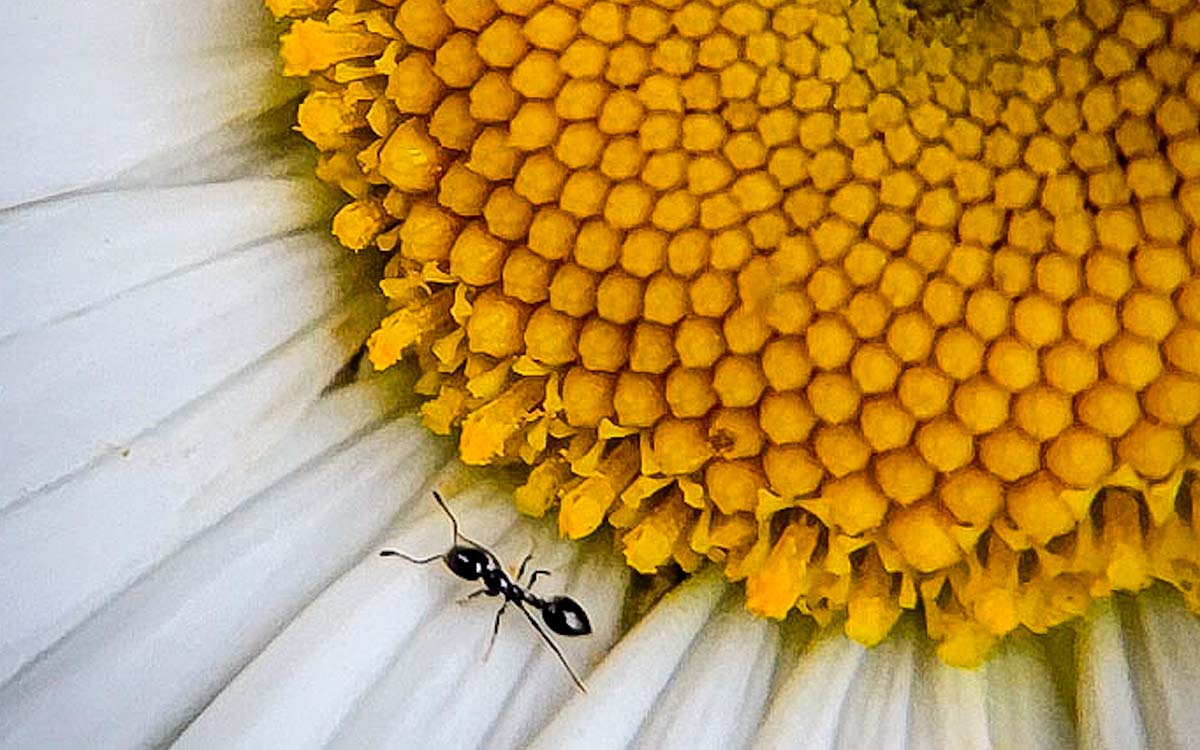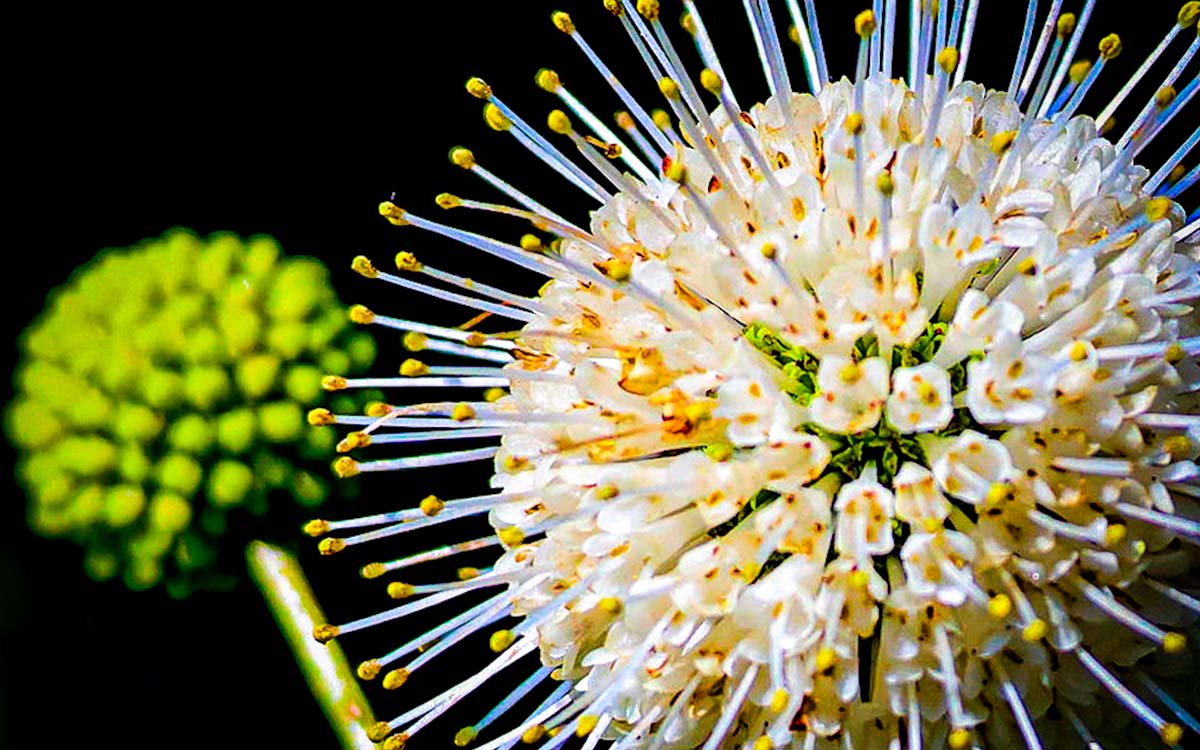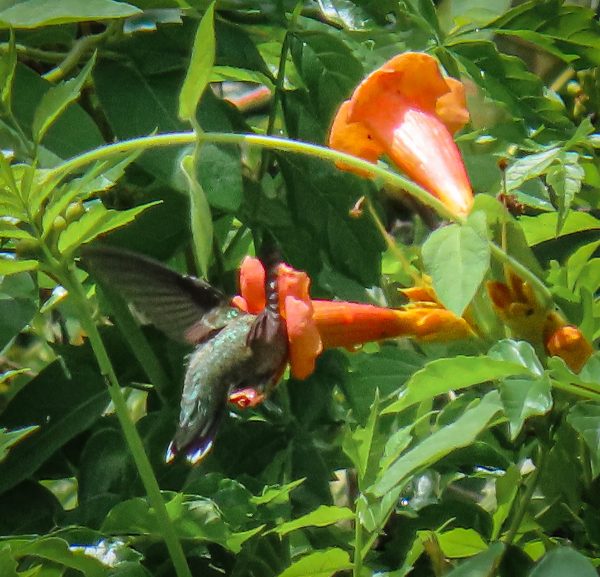At CBEC, we are dedicated to fostering healthy ecosystems, and our 1.2-acre native wildflower and grass meadow plays a vital role in supporting pollinators—bees, butterflies and other essential insects that are crucial for the biodiversity of our region. In partnership with the U.S. Fish & Wildlife Services (USFWS), we’ve established this beautiful meadow to create a flower-rich environment that nurtures pollinators and other local wildlife, such as foxes, rabbits and songbirds.
Pollinators are facing significant challenges due to climate change, habitat fragmentation and the widespread use of pesticides. These factors have contributed to the decline of pollinator populations, making the restoration of meadows like ours more important than ever. Our pollinator meadow provides a sanctuary where bees and butterflies can thrive throughout their life cycles, and it also offers refuge for many other species.
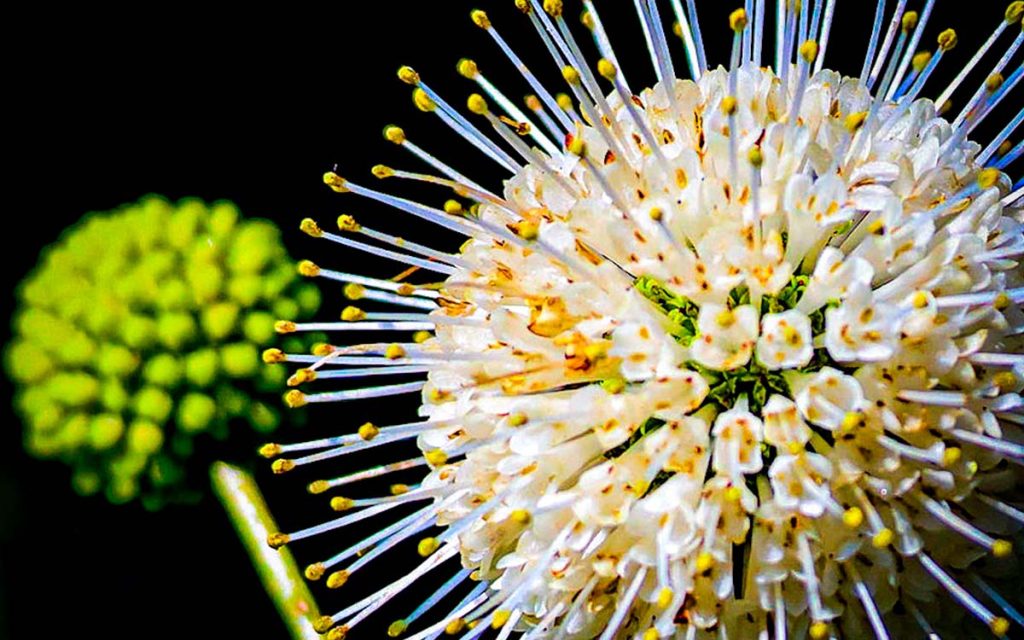
The Importance of Pollinator Habitats
Our meadow is planted with over 22 species of native wildflowers and grasses, including Partridge Pea, Oxeye Sunflower, Black-eyed Susan, Common Milkweed, Little Bluestem and more. These plants have been selected because they are not only beautiful but also provide the necessary food and shelter for pollinators at every stage of development, from larvae to adult insects. By supporting a range of pollinator species, we help ensure a healthier environment for all creatures that depend on these insects.
Pollinator meadows also play a key role in benefiting other wildlife species, such as small mammals, deer and various bird species. The interconnectedness of these ecosystems underscores the need for healthy, sustainable habitats that encourage biodiversity across the Chesapeake Bay region.
All About Pollinators Adult Education Series
Series of Five Classes, August 5 through October 7, 2025
Comprehensive learning opportunities focusing on pollinators. Classes are on Tuesdays beginning at 10 am, with different durations. Sign up for one, two or all five … whatever piques your interest. See the registration form for specific dates and details.
Classes will be held rain or shine, so dress for the weather. Supplies, booklets and handouts will be provided as needed for the class; cost covers these plus snack/beverage. Some classes are limited to 15 participants for the most benefit to the participant.
How You Can Help: Creating Your Own Pollinator Habitat
Pollinator meadows are surprisingly easy to create and maintain. To make a difference in your own backyard, you can create your own “mini-meadow” by selecting the right plants and providing a suitable habitat for local pollinators. Here are a few simple steps to get started:
- Site Selection & Preparation – Choose a sunny location with well-drained soil, and prepare the area by removing invasive species and weeds.
- Plant Selection – Opt for native wildflowers and grasses that will sustain pollinators throughout their lifecycle. Consider plants like Milkweed, Black-eyed Susan and Little Bluestem.
- Planting Techniques – Use proper planting methods to ensure good soil contact and minimize competition from non-native plants.
- Management Plan – Maintain your meadow by cutting back vegetation in the fall, controlling weeds, and avoiding pesticide use to keep the area safe for pollinators.
By following these simple guidelines, you can help create a welcoming habitat for bees, butterflies, and other pollinators while enhancing the beauty and productivity of your garden.
CBEC’s pollinator meadow is an important step in restoring vital habitats for pollinators and other wildlife in the Chesapeake Bay region. Through our partnership with the U.S. Fish & Wildlife Services, we are working together to mitigate the impacts of climate change and habitat loss, ensuring that pollinators have the spaces they need to thrive. We invite you to explore, learn, and join us in this critical endeavor by creating pollinator habitats in your own community. Together, we can make a lasting impact on the health of our environment and the survival of these essential creatures.
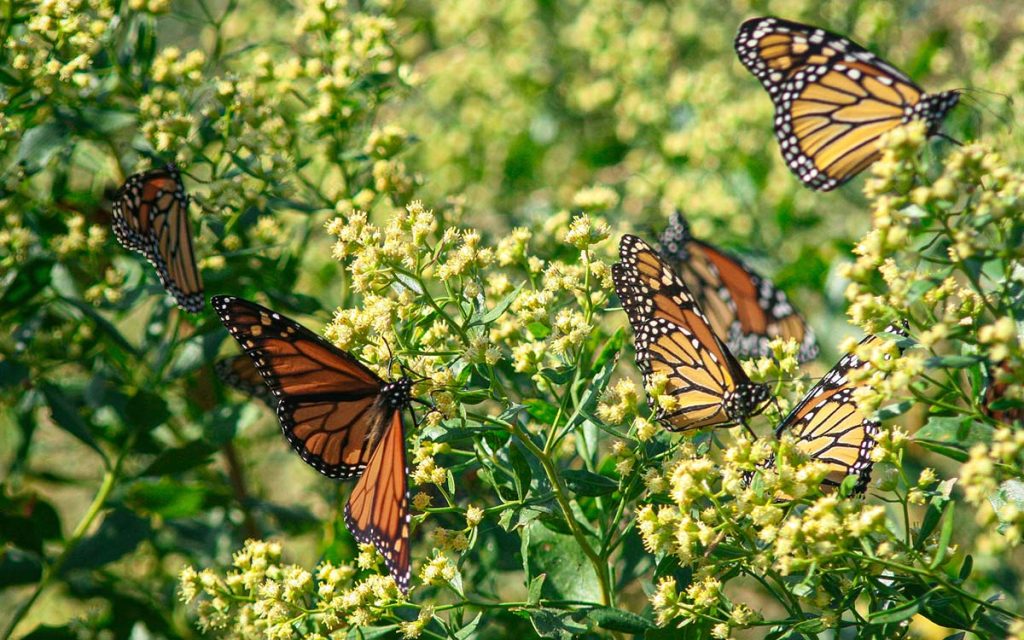
Get Involved: Explore, Learn, and Appreciate
Visitors to CBEC are encouraged to interact with the meadow by identifying plant and pollinator species, taking photos and observing the delicate dance between plants and pollinators. It’s an opportunity to witness firsthand how each plant and insect is connected in the circle of life.

